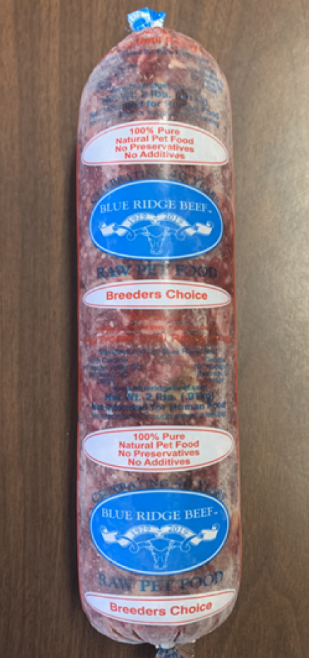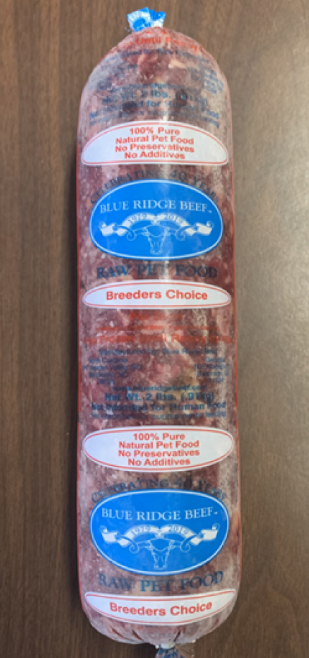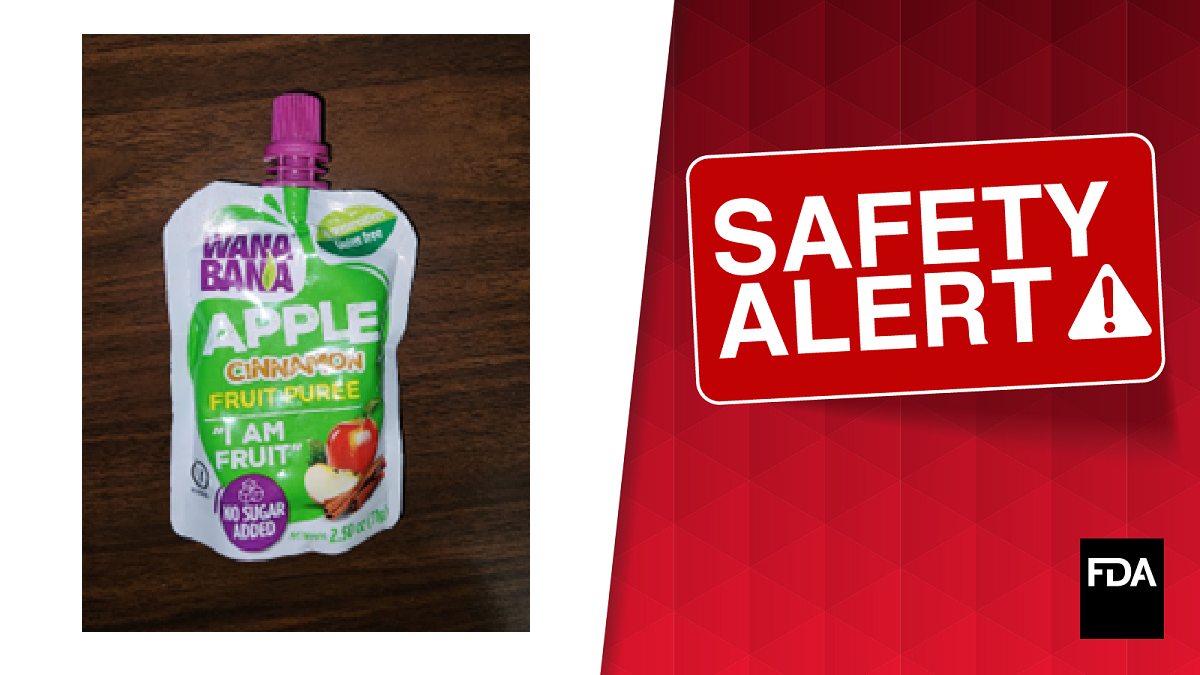A publication in Applied and Environmental Microbiology (Vol 89, October 2023) reports that Antimicrobial blue light (aBL) in the 400–470 nm wavelength range can kill multiple bacteria. The study assessed its potential for Listeria monocytogenes (Lm), to be inactivated, focusing on surface decontamination. Three wavelengths were tested, with gallic acid as a photosensitizing agent (Ps), against dried cells obtained from bacterial suspensions, and biofilms on stainless-steel (SS) coupons. Within 16 h of exposure at 405 nm, viable Lm dried cells and biofilms were reduced by approx. 3 log CFU/cm2 with doses of 2,672 J/cm2. Application of Ps resulted in an additional 1 log CFU/cm2 at 668 J/cm2, but its effect was not consistent. The highest dose (960 J/cm2) at 420 nm reduced viable counts on the biofilms by 1.9 log CFU/cm2. At 460 nm, after 800 J/cm2, biofilm counts were reduced by 1.6 log CFU/cm2. The effect of material composition on Lm viability was also investigated. Irradiation at 405 nm (668 J/cm2) of cells dried on polystyrene resulted in one of the largest viability reductions (4.0 log CFU/cm2), followed by high-density polyethylene (3.5 log CFU/cm2). Increasing the dose to 4,008 J/cm2 from 405 nm (24 h), improved its efficacy only on SS and polyvinyl chloride. Biofilm micrographs displayed a decrease in biofilm biomass due to the removal of biofilm portions from the surface and a shift from live to dead cells suggesting damage to biofilm cell membranes. These results suggest that aBL is a potential intervention to treat Lm contamination on typical material surfaces used in food production. The data shows the ability of the blue light to exert antimicrobial activity, with and without the addition of an exogenous photosensitizing agent, against Listeria monocytogenes. @ https://journals.asm.org/doi/10.1128/aem.01147-23



